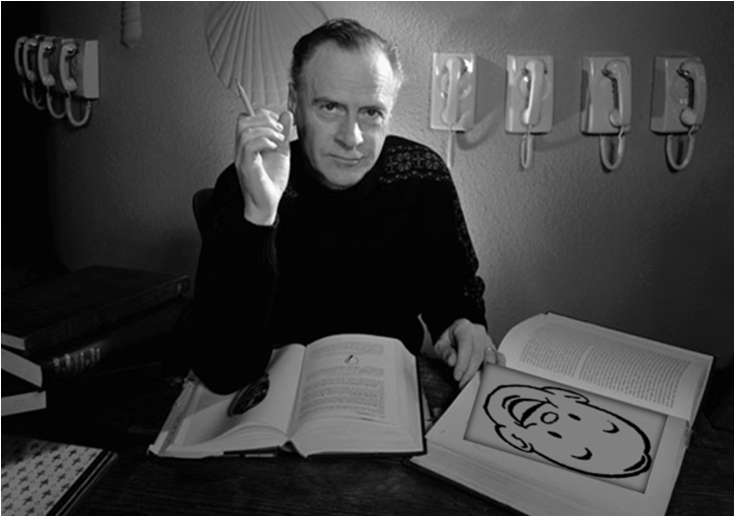Home / Topsight
Topsight
“If insight is the illumination achieved by penetrating inner depths, topsight comes from a far-overhead vantage point, a bird’s eye view that reveals the whole — the big picture; how the parts fit together.
Overview comes fairly close…But an overview is something you either have or you don’t. Topsight is something that, like insight, you pursue avidly and continuously, and achieve gradually.
It is the quality that distinguishes genius in any field. It is also the most precious intellectual commodity known to man.”
David Gerlernter, Mirror Worlds
The solution to most problems comes from broadening one’s perspective and reframing it in new ways, to take advantage of the mind’s untiring efforts at connecting apparently unrelated knowledge, experience and feelings. Quite intuitively, the mind combines disparate information into new patterns.
More now than ever before does a deluge of information threaten to overwhelm decision makers and obscure the vantage point that topsight requires. This is particularly true where data is collected in massive amounts or is arriving too fast for the brain to absorb unassisted. Human vision is still the most powerful means of sifting out irrelevant information and detecting significant patterns.
In the same way computer engineers are driven to devise techniques to increase the bandwidth of bytes flowing through network pipes, interface designers must employ techniques to increase the bandwidth of knowledge flowing through to end-users.
According to Marshall McLuhan, the root of meaning lies in the medium of our sensory apparatus: the physiology of sensing the world, and the neurological process of attending to and organizing those senses. In terms of interface design, it is not the receipt of the message through the computer screen, but rather the recovery of the message from that medium which counts. The most effective forms of communication occur through a medium which can be subtracted out, leaving the message behind.

